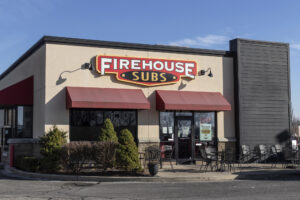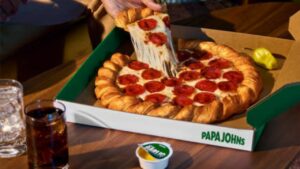
©rattanakun via Canva.com
Retail Sales Dip Nearly 1% in January, Weather and Consumer Pessimism Blamed
February 14, 2025
While a bit of a soft January was expected by many analysts, the actual result may be worse than was previously imagined, according to CNBC.
Retail sales dipped by 0.9% in January, marking a rather harsh turn from December in which sales rose by 0.7% after being upwardly revised. The Dow Jones had predicted a fall of 0.2% in sales for January, which now appears to have been a rather optimistic projection. Figures are derived from the latest data from the U.S. Commerce Department.
Withing including vehicles, prices also ticked downward by 0.4%. Given that consumer spending represents about two-thirds of total economic activity in the United States, such a significant downturn could signal trouble ahead.
Gas Stations and Restaurants Buck Sales Trend While Sporting Goods, Bookstores, and Music Retailers Suffer
Bucking the general retail sales downtrend, gas stations and restaurants both reported 0.9% increases. Meanwhile, sporting goods stores, bookstores, and music retailers all showed falling sales of 4.6% for January, the steepest drops.
Online outlets trended downward by nearly 2% (1.9%), and motor vehicles and associated parts spending fell by 2.8%.
“We thought a soft January retail sales report was likely given the cold weather and the LA fires, but it is worse than even our pessimistic forecasts,” said James Knightley, chief international economist at ING, per Axios.
“We will need to wait until the February data to see if this is the start of a more cautious consumer trend or indeed whether it was simply a weather related pull back and we get a subsequent big gain,” he added.
Other analysts also hastened to contextualize the sales drop. Robert Frick, corporate economist at Navy Federal Credit Union, gestured toward unusually harsh weather conditions as well as a huge December for the auto sales sector as being partially to blame.
“The drop was dramatic, but several mitigating factors show there’s no cause for alarm,” Frick wrote in a Feb. 14 note, as CNN detailed.
“Some of it can be chalked up to bad weather, and some to auto sales tanking in January after an unusual surge in December due to fat dealer incentives. Especially considering December was revised up strongly, the rolling average of consumer spending remains solid,” he continued.
In related news, import and export prices both increased (0.3% and 1.3%, respectively), as did fuel prices (3.2%). Food, feeds, and beverage costs also saw slight increases (0.2%), following a larger cost hike in December (3%).
Recent News









